The hour-long drive from Palm Springs, California—which includes winding roads into the Santa Rosa Mountains, with dramatic views around every turn—provides some foreshadowing of what visitors will find at High Desert Retreat, the latest house by San Francisco architects Aidlin Darling. But on arrival, when you pass through the property’s gate and head down the long driveway, these expectations are defied, at least initially. What you first encounter is a pair of mute perpendicular poured-in-place concrete walls. A volume clad in charcoal-black wood and an overhanging flat roof peek out from behind them, providing a hint of habitation, while a small water feature and glazed void signal the entrance. But there is no spectacular vista.
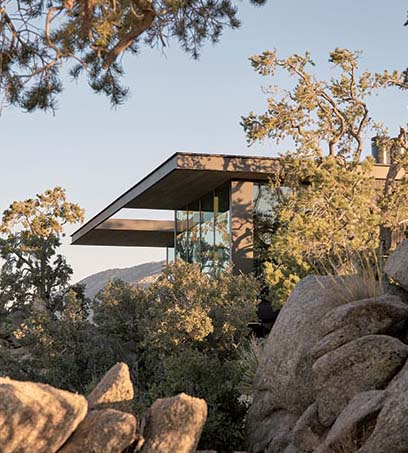
The house’s living spaces have been carefully planned around the site’s naturally occurring rock formations. Photo © Adam Rouse, click to enlarge.
It’s not until you step inside that you are rewarded with the prize: just beyond the entryway (which doubles as the dining room), a terrace, and an infinity swimming pool, the land appears to fall away, revealing a jaw-dropping panorama of the Coachella Valley basin 4,500 feet below, and of the mountain ranges that define it. The 3,100-square-foot weekend retreat was conceived not only to highlight this far-off landscape but also to take advantage of the distinct natural features of the immediate surroundings—namely, boulders that seem to have been artfully strewn (if a bit precariously balanced) on the three-acre lot by some divine being. The programmatic spaces, including the dining area, kitchen, living room, master suite, and two-bedroom guest pavilion, have been arranged around these rock formations or, as Joshua Aidlin, Aidlin Darling principal, says, “nested” among them. Floor-to-ceiling windows—some of which form the walls of entire rooms, some of which are slotlike apertures—are just inches away from these geologic compositions.
Designing with the rocks, as well as preservation of the site’s old-growth pinyons (a type of desert pine), were directives from the clients—a biotech executive and a literary agent based in San Francisco.
They reached out to Aidlin Darling after visiting the firm’s Windhover Contemplative Center at Stanford University, an amalgam of a spiritual retreat and art gallery enclosed within a modernist composition of rammed earth and glass and set within a grove of oak trees. The couple fell in love with the project and the way it incorporated nature.
For this residential project, the firm deployed various strategies to merge the desert and the architecture. The house, an assemblage of single-story wood-and-steel-framed rectangular volumes, defines a series of outdoor spaces. Most of these elements—both open-air and enclosed—are sheltered under a single overhanging roof. While the plane overhead remains constant (door openings have been designed without headers, so that nothing interrupts this horizontal datum), the ground plane steps subtly down by one or two risers, following the topography, making some areas—the kitchen, the living room, the adjacent terrace—taller than the others. With help from the generous full-height glazing, this approach invites the landscape in, and “embraces” nature, says Aidlin.
The house embraces its site with sliding and pivoting glass doors that open the dining room to the entry courtyard (1) and the kitchen to the pool terrace (2). Photos © Joe Fletcher
Other decisions also help blur the boundary between inside and out, such as the continuation of the interior materials on the exterior. The smooth concrete that serves as the finished floor almost everywhere within the house is also used outside for patios and walkways. The ceiling, of vertical-grain fir boards, extends as an outdoor soffit. A lattice canopy at the same elevation appears to be the identical species, but is pine specially treated to withstand the harsh desert climate. The siding—also of treated pine, but burnt, wire-brushed, and stained to resemble Japanese shou sugi ban—covers the walls indoors and out. In combination with a few hand-plastered walls, sleek walnut millwork, and leather-cushioned built-in seating, the tactile dark wood walls create an atmosphere of rustic sophistication.
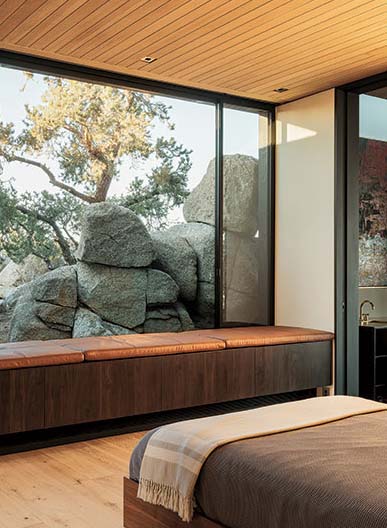
The master bedroom includes warm touches such as oak floors and a walnut built-in with leather cushions. Photo © Joe Fletcher
The connection between the outside and the inside is more than merely formal or aesthetic. The house can literally open itself up to the landscape, since many of the window walls either pivot or slide, allowing the clients to take advantage of evaporative cooling from the swimming pool and a microclimate that is consistently 15 or 20 degrees cooler than that of the valley floor, regardless of the season or time of day. There is also radiant heating for those occasional chilly winter days, and a conventional forced-air cooling system, since summer temperatures can easily reach the upper 90s. The 15-kilowatt rooftop photovoltaic array has been designed to meet at least 75 percent of the electricity demand.
The clients moved in last June, before the house was completely finished, and have spent about 10 days of every month here since. They describe it as peaceful and calm, with Zenlike aspects that are gradually revealing themselves over time. They talk about the morning sun raking across the impressive rock formation that sits right outside the bedroom window, the reflections from the pool that shimmer on the living room ceiling, and how tarantulas are attracted to the exterior cladding. “They are quite elegant and benign,” the couple insist. Fortunately, this observer did not encounter any arachnids during a recent visit. But I did see the mountain ridges, framed by the kitchen window, begin to turn from brown to purple in the late-afternoon light. Experiencing the changing landscape from this smartly designed perch made it easy to understand why the owners are often reluctant to return to their everyday lives at the end of a long weekend. As they say, “It is a difficult house to leave.”
Credits
Architect:
Aidlin Darling Design — Joshua Aidlin, partner in charge; Adam Rouse, project architect; Ben Damron, Sarah Kia, project team
Consultants:
Strandberg Engineering (structural); Monterey Energy Group (mechanical); Sladden Engineering (geotechnical); Feiro Engineering (civil); Custom Controls (low-voltage systems)
General contractor:
D.W. Johnston Construction
Size:
3,100 square feet
Cost:
Withheld
Completion date:
November 2019
Sources
Siding:
reSawn Timber/Accoya
Glazed windows and doors:
Monumental Windows and Doors
Moisture barrier:
Tyvek
Roofing:
Carlisle SynTec Systems
Precast concrete:
Custom Crete Werks
Millwork:
Henrybuilt
Lighting and controls:
Vibia, No. Eight Lighting, Meljac, B-K Lighting, Lutron

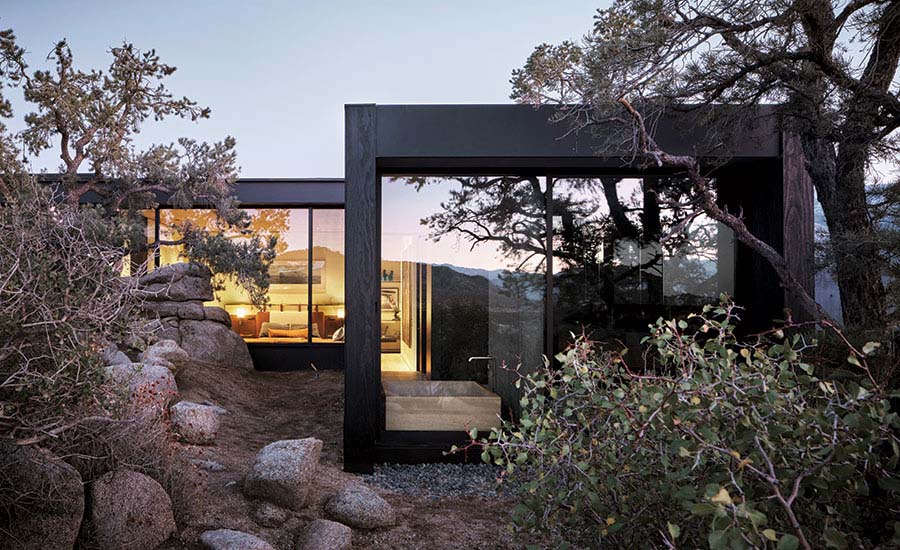
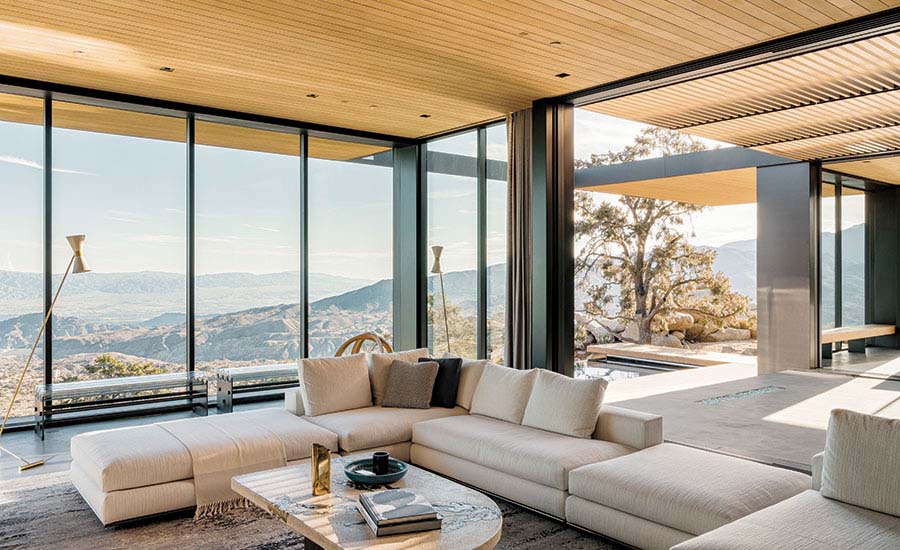
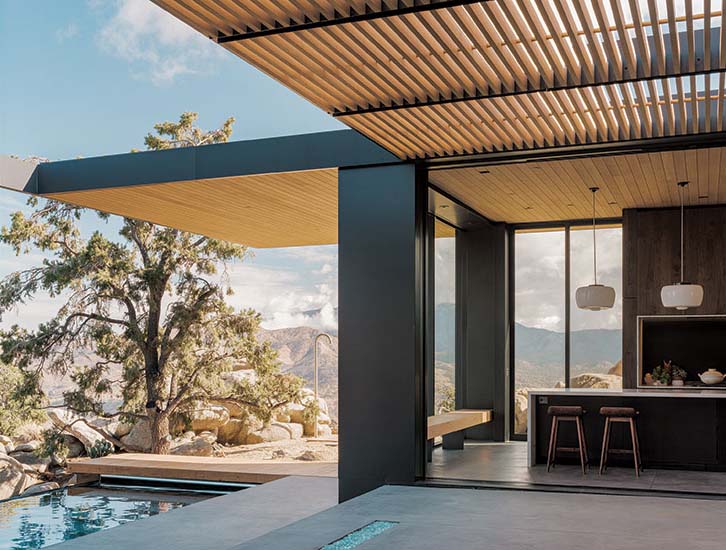
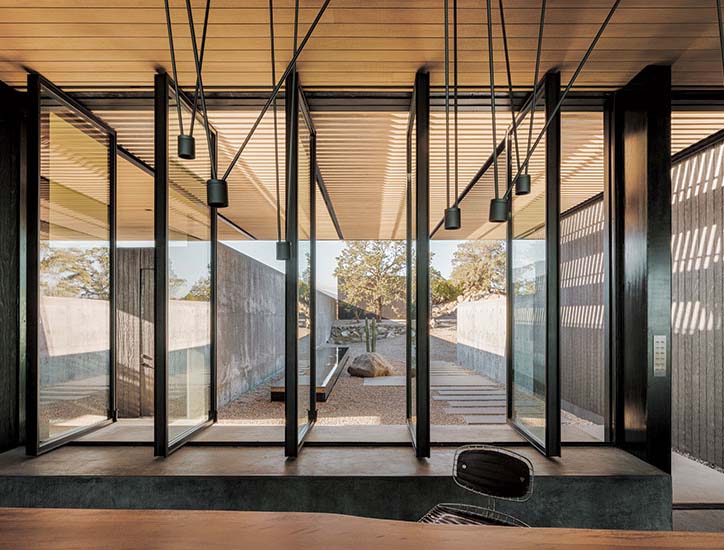
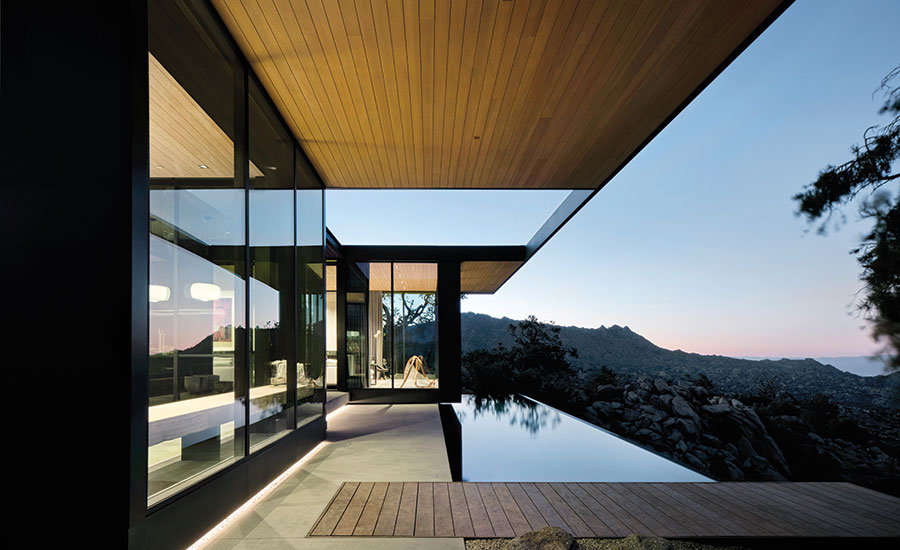
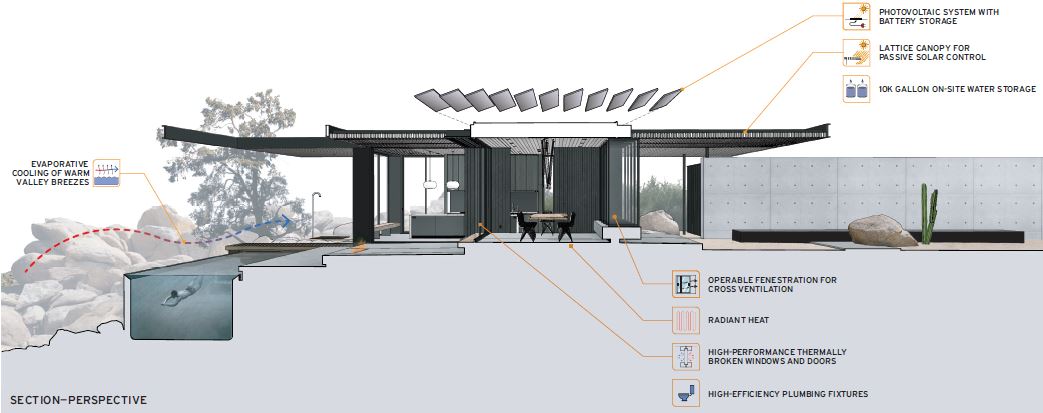
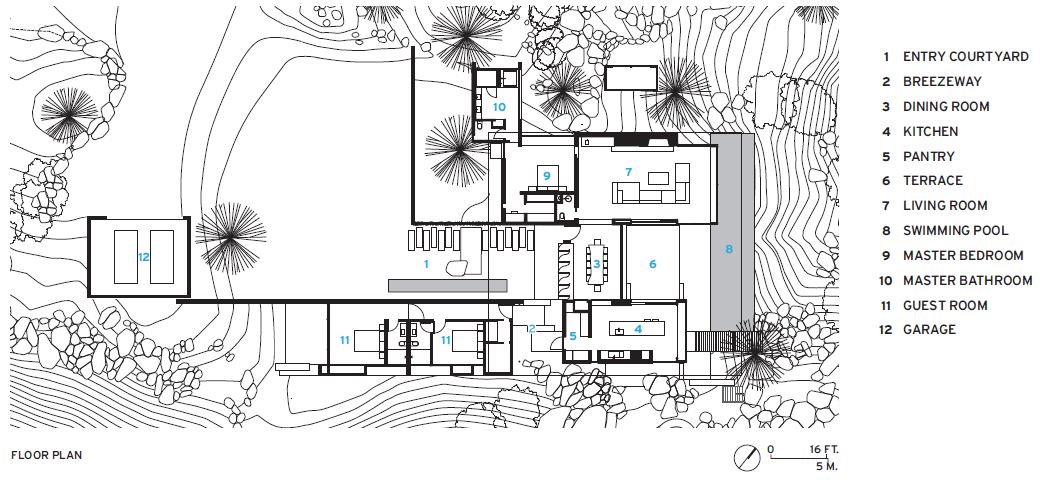


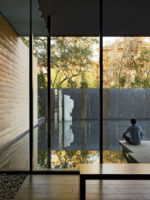
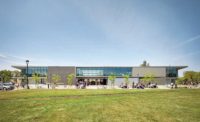
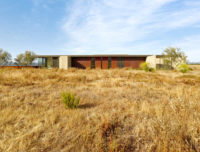
Post a comment to this article
Report Abusive Comment